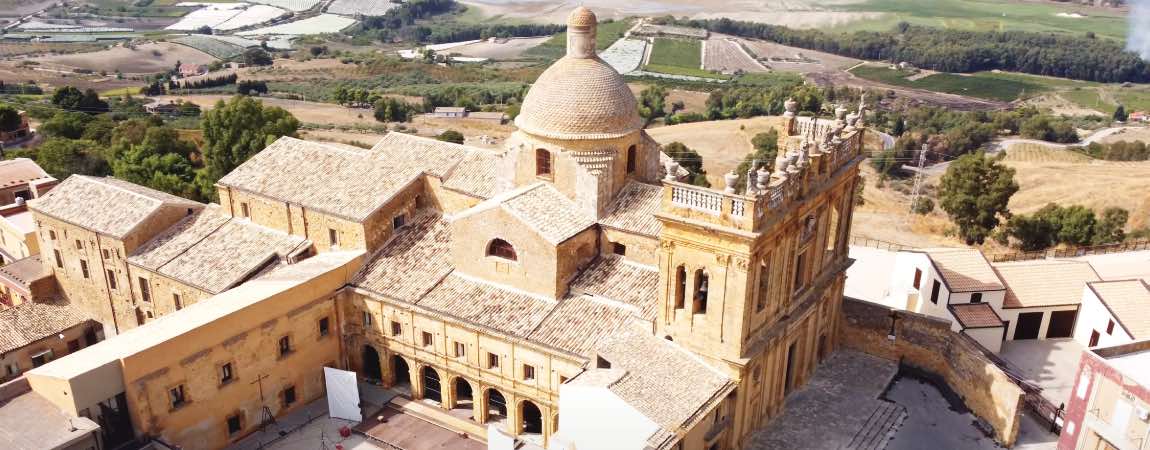
Main among the attractions of the city of Naro, its original and elegant Baroque is testified by valuable architectures that will make your tour particularly fascinating. An unmissable artistic and cultural itinerary among priceless eighteenth-century treasures.
The most ancient history of Naro is lost in myth: according to some, it would be identified with the legendary city of Gown, the city erected by King Cocalo, monarch of the Sicani, to welcome Dedalo came from Greece. In Roman times the city was called Carconian, starting to cultivate an agricultural vocation that still today characterizes the community of Naro.
Furthermore, there are the remains of early Christian settlements, especially catacombs, and Roman villas. In the Middle Ages, after the Byzantine era, it was during the Arab and Norman period that Naro experienced an era of development e fortification, with testimonies still very present and which can be admired: it is the era of the "very bright”, from the name given to Naro byEmperor Frederick II.
History of the Baroque in Naro
From the XNUMXth century Naro gets important privileges, also thanks to one's position, including the Title of City, the possibility of administering justice and electing one's representatives.
In the XVII and XVIII Naro lives a new age of splendour: the various monastic orders begin to build or renovate churches and monasteries, and the same happens in many civil buildings: the Baroque of Naro, which still characterizes and embellishes the urban fabric of the city today.
Where to admire the Baroque in Naro
Son of the Catholic counter-reformation, the Baroque in Naro has a precise personality: it contrasts the splendor of other places with an unmistakable elegance. Already there flight of steps that crosses the historic part of the city is an important testimony, as obviously the many religious architectures: the church of the SS. Savior, of medieval foundation, to which the Benedictine Monastery was once annexed; there Church of San Niccolo di Bari, whose facade is decorated with mannerist motifs, an expression of the early Sicilian Baroque; there mother church and the former Jesuit college, both built between 1610 and 1619; there church of Sant'Agostino, which integrates Gothic architectural elements into the Baroque; there church and former convent of San Francesco, built in 1635 on a previous thirteenth-century structure; The Sanctuary of San Calogero, erected in 1599 on the crypt where San Calogero used to live, the hermit Protector of Naro, to whom are dedicated important celebrations which have their fulcrum in the Sanctuary and attract many visitors and tourists from all over Sicily and the world.
How to reach the Baroque of Naro
To admire the marvelous Baroque of Naro, the city can be reached by road: with your own or hired vehicle, or by resorting to the frequent bus lines, the useful road axes are the highways 115, 410 and 576, which do not make the need for an active railway station felt. The same applies to those who reach Sicily by plane: the closest airports arePalermo Falcone e Borsellino Airport, 170 km away, and theTrapani Vincenzo Florio Airport, That is 180 km.









